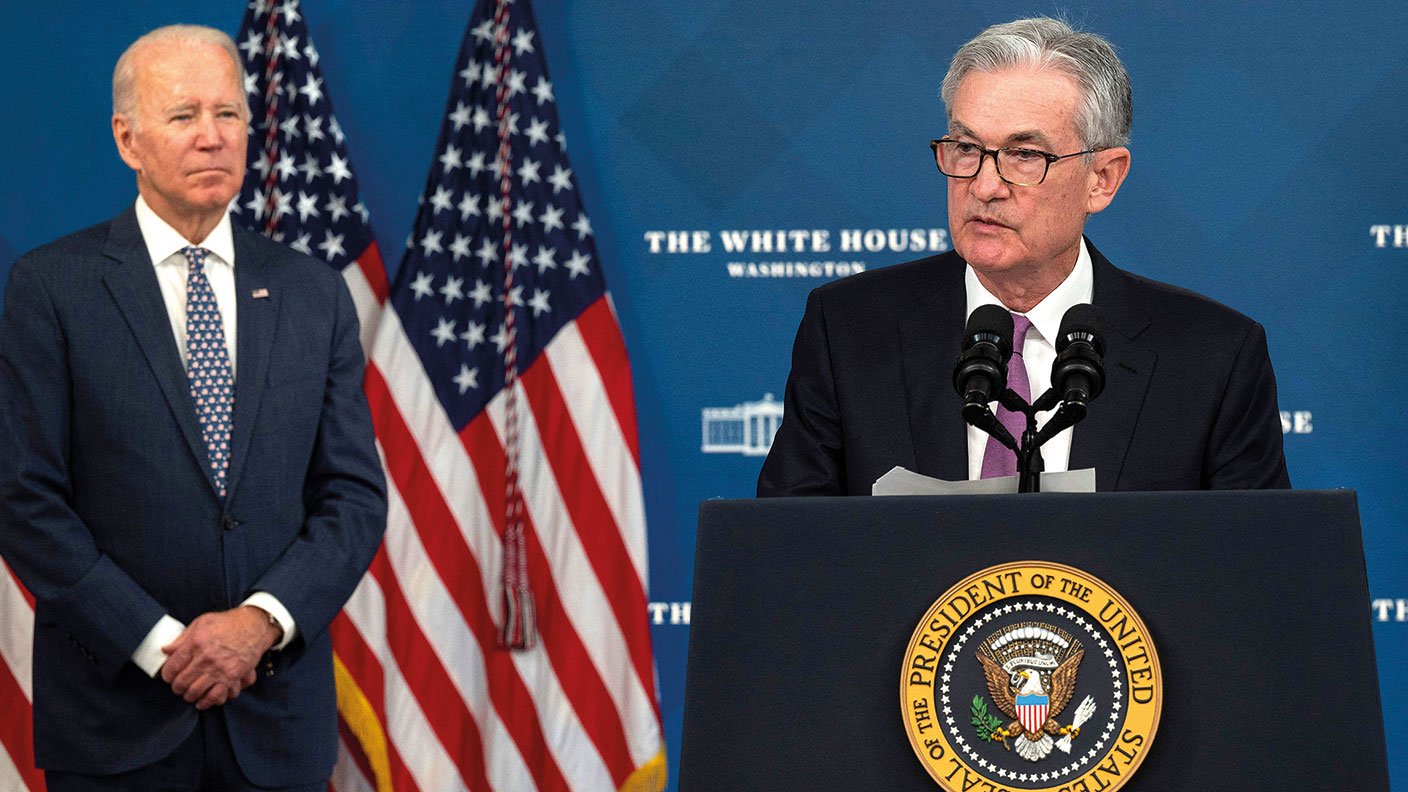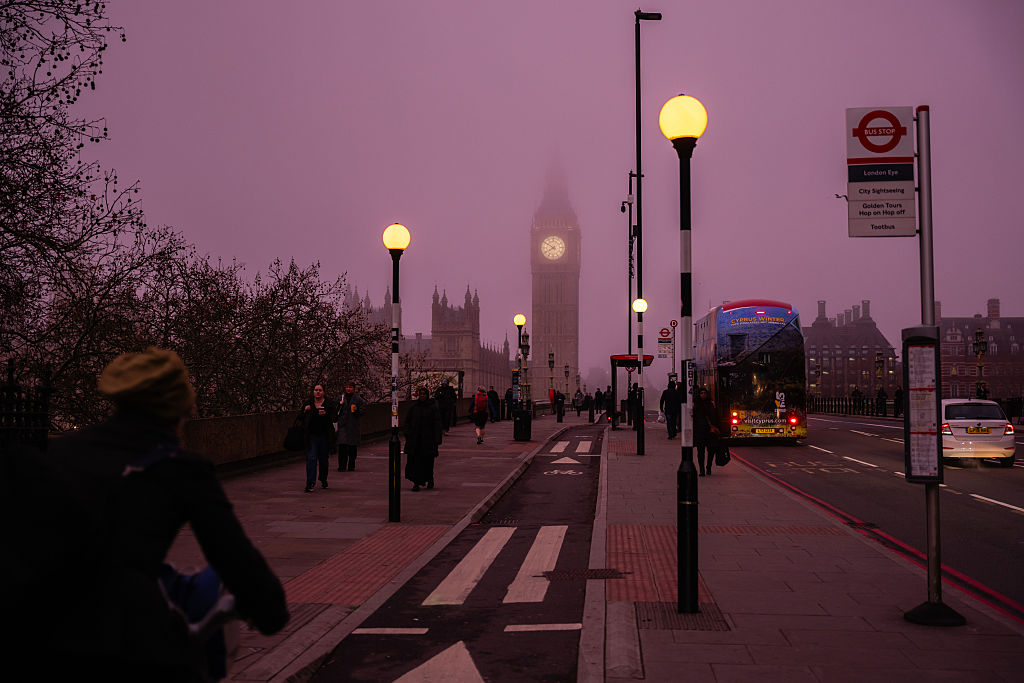Jerome Powell’s poisoned chalice
US president Joe Biden has nominated Jerome Powell for a second term in charge of the Federal Reserve. But it could prove a “poisoned chalice” for Powell. Here's why.

US president Joe Biden has nominated Jerome Powell for a second term in charge of the Federal Reserve, ending weeks of speculation about the future direction of the world’s most important central bank. Left-wing democrats had pushed for Lael Brainard, a member of the Fed’s board of governors who has taken a tough stance on financial regulation, to succeed Powell, a Republican, in the post. Biden has instead nominated Brainard to be vice chair, keeping Powell in place for another four years. Powell will face confirmation hearings in the Senate before his new term begins in February 2022.
Biden has made the right call, says Bloomberg. The Fed needs continuity as it conducts the delicate task of unwinding crisis-era monetary policy. A new boss would have raised the risk of miscommunication and market upsets. While Brainard takes a stronger line on financial regulation, the pair don’t seem to have any major disagreements about monetary policy. The risk was rather that Brainard, a Democrat, would have been perceived as “partisan”. The last thing the Fed needs is to get sucked into febrile party-political spats.
Powell’s second term could prove a “poisoned chalice”, says Desmond Lachman for The Hill. Last year he threw the kitchen sink at financial markets to stave off disaster from the pandemic. That has helped send US inflation up to 6.2%, the highest in three decades. US stocks are at valuations “experienced only once before in the past 100 years”. That will put Powell in a bind next year: either he lets price rises rip – and goes down as the Fed chair who presided over the return of inflation – or he raises interest rates earlier than expected, bursting the asset-price bubble.
MoneyWeek
Subscribe to MoneyWeek today and get your first six magazine issues absolutely FREE

Sign up to Money Morning
Don't miss the latest investment and personal finances news, market analysis, plus money-saving tips with our free twice-daily newsletter
Don't miss the latest investment and personal finances news, market analysis, plus money-saving tips with our free twice-daily newsletter
Fool me twice?
Meanwhile in the UK, Bank of England governor Andrew Bailey is “beginning to look beleaguered”, says Martin Vander Weyer in The Spectator. He appeared to suggest interest rates would rise earlier this month, only to surprise traders when they didn’t. The incident caused unnecessary market turmoil. “There’s nothing wrong with ambiguity so long as markets are convinced the central bank is ahead of the game. But in this case the governor just looked lame… and the Bank’s authority… correspondingly diminished”.
After betting wrongly on an interest rate hike in November, markets are pricing in a hike at the Bank’s next meeting on 16 December. One of the reasons the Bank held interest rates at 0.1% was because it was waiting to see what impact the end of the furlough scheme would have on employment. Strong employment data since then has allayed those concerns, while news that annual UK inflation hit 4.2% in October has raised the odds of a hike. It remains to be seen whether the Monetary Policy Committee will disappoint markets a second time.
Get the latest financial news, insights and expert analysis from our award-winning MoneyWeek team, to help you understand what really matters when it comes to your finances.
Alex is an investment writer who has been contributing to MoneyWeek since 2015. He has been the magazine’s markets editor since 2019.
Alex has a passion for demystifying the often arcane world of finance for a general readership. While financial media tends to focus compulsively on the latest trend, the best opportunities can lie forgotten elsewhere.
He is especially interested in European equities – where his fluent French helps him to cover the continent’s largest bourse – and emerging markets, where his experience living in Beijing, and conversational Chinese, prove useful.
Hailing from Leeds, he studied Philosophy, Politics and Economics at the University of Oxford. He also holds a Master of Public Health from the University of Manchester.
-
 The shape of yields to come
The shape of yields to comeCentral banks are likely to buy up short-term bonds to keep debt costs down for governments
-
 The sad decline of investment clubs – and what comes next
The sad decline of investment clubs – and what comes nextOpinion Financial regulation and rising costs are killing off investment clubs that once used to be an enjoyable hobby, says David Prosser
-
 Market predictions for 2026: Will Dubai introduce an income tax?
Market predictions for 2026: Will Dubai introduce an income tax?Opinion My 2026 predictions, from a supermarket merger to Dubai introducing an income tax and Britain’s journey back to the 1970s
-
 The steady rise of stablecoins
The steady rise of stablecoinsInnovations in cryptocurrency have created stablecoins, a new form of money. Trump is an enthusiastic supporter, but its benefits are not yet clear
-
 Goodwin: A superlative British manufacturer to buy now
Goodwin: A superlative British manufacturer to buy nowVeteran engineering group Goodwin has created a new profit engine. But following its tremendous run, can investors still afford the shares?
-
 A change in leadership: Is US stock market exceptionalism over?
A change in leadership: Is US stock market exceptionalism over?US stocks trailed the rest of the world in 2025. Is this a sign that a long-overdue shift is underway?
-
 Modern Monetary Theory and the return of magical thinking
Modern Monetary Theory and the return of magical thinkingThe Modern Monetary Theory is back in fashion again. How worried should we be?
-
 Metals and AI power emerging markets
Metals and AI power emerging marketsThis year’s big emerging market winners have tended to offer exposure to one of 2025’s two winning trends – AI-focused tech and the global metals rally
-
 King Copper’s reign will continue – here's why
King Copper’s reign will continue – here's whyFor all the talk of copper shortage, the metal is actually in surplus globally this year and should be next year, too
-
 The coming collapse in the jobs market
The coming collapse in the jobs marketOpinion Once the Employment Bill becomes law, expect a full-scale collapse in hiring, says Matthew Lynn